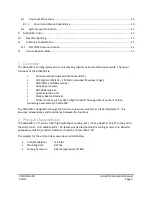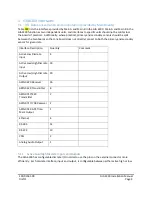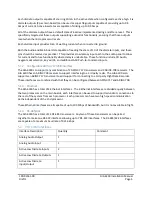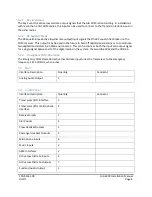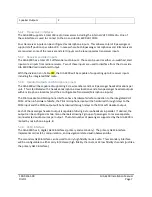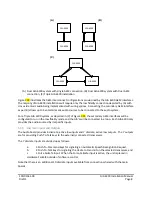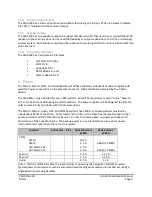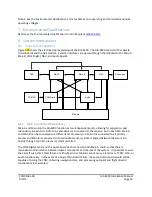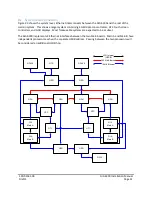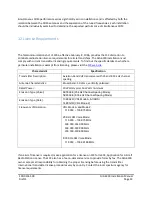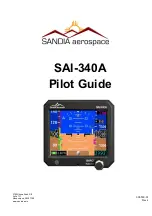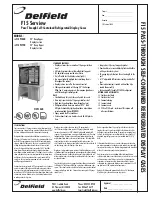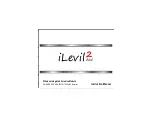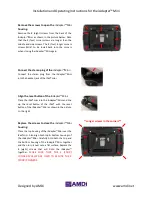
190-01561-00
GIA 6300 Installation Manual
Draft1
Page 13
Simultaneous COM performance varies significantly across installations and is affected by both the
isolation between the COM antennas and the separation of the tuned frequencies. Each installation
should be individually examined to determine the expected performance of simultaneous COM.
12
License Requirements
The Telecommunications Act of 1996, effective February 8, 1996, provides the FCC discretion to
eliminate radio station license requirements for aircraft and ships. The GIA 6300 installation must
comply with current transmitter licensing requirements. To find out the specific details on whether a
particular installation is exempt from licensing, please visit the
Characteristic
Specification
Transmitter Description:
Aviation-band VHF transceiver with 25 and 8.33 kHz channel
spacing.
Antenna Characteristics:
Broad-band, 50 ohms, vertically polarized.
Rated Power:
20 Watts typical, 16 Watts minimum
Emission Type (Voice):
6K00A3E (25 kHz Channel Spacing Mode)
5K60A3E (8.33 kHz Channel Spacing Mode)
Emission Type (Data):
13K0A2D (VDL Mode A, ACARS)
14K0G1D (VDL Mode 2)
Frequency of Operation:
VDL Mode A and Mode 2:
118.000
– 136.975 MHz
25 KHz AM Voice Mode:
118.000
– 136.975 MHz
138.000-144.000 MHz
148.000-149.900 MHz
150.500-150.800 MHz
8.33 KHz AM Voice Mode:
118.000
– 136.99166 MHz
If an aircraft license is required, make application for a license on FCC form 404, Application for Aircraft
Radio Station License. The FCC also has a fax-on-demand service to provide forms by fax. The GIA 6300
owner accepts all responsibility for obtaining the proper licensing before using the transmitter.
International transmitter license procedures vary by country. Contact the local spectrum agency for
license requirements.


